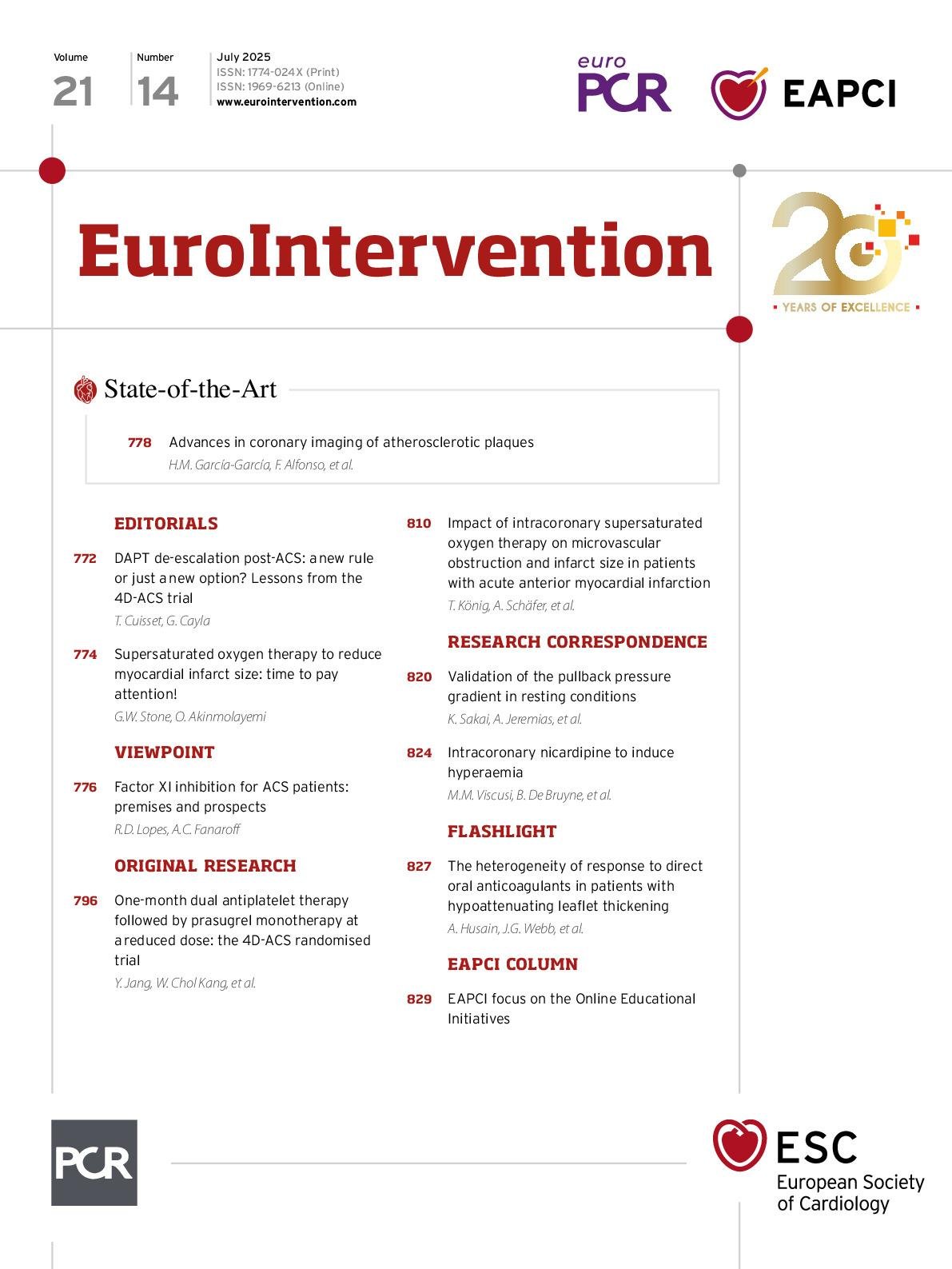The pullback pressure gradient (PPG) is a novel metric that quantifies coronary artery disease (CAD) patterns as focal or diffuse on a scale from 0 (diffuse) to 1 (focal)1. PPG predicts blood flow improvement after percutaneous coronary intervention (PCI): a high PPG (focal disease) is associated with greater flow improvement and angina relief, while a low PPG (diffuse disease) is linked to higher periprocedural complications23. Traditionally, PPG has been derived from fractional flow reserve (FFR) pullbacks. However, assessment using non-hyperaemic pressure ratios (NHPR) can shorten procedure time and eliminate the need for a hyperaemic agent. This study aimed to assess the agreement between resting and hyperaemic PPG.
This study was a prespecified subanalysis of the PPG Global Registry, a prospective, investigator-initiated, multicentre, international study (ClinicalTrials.gov: NCT04789317)2. Eligible patients had at least one haemodynamically significant lesion (FFR ≤0.80) scheduled for PCI, with those undergoing both resting and hyperaemic pressure pullbacks included (Supplementary Figure 1). The pressure wire (PressureWire X [Abbott]) was placed in the distal coronary artery to measure resting distal coronary pressure/aortic pressure, resting full-cycle...
Sign up for free!
Join us for free and access thousands of articles from EuroIntervention, as well as presentations, videos, cases from PCRonline.com

